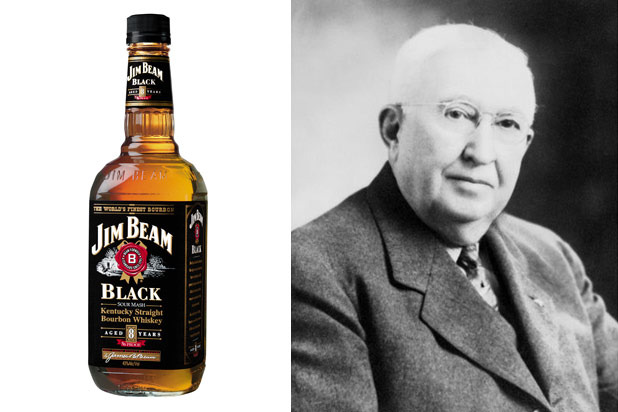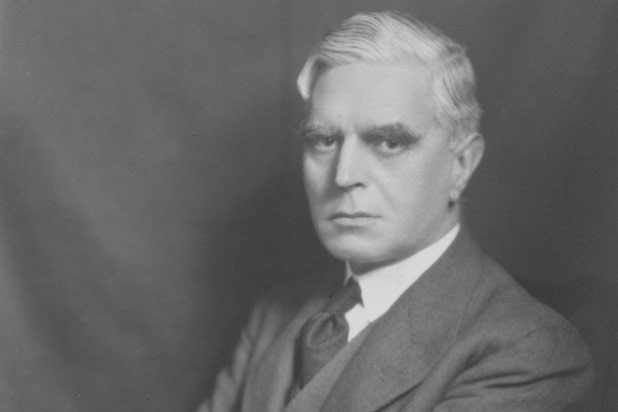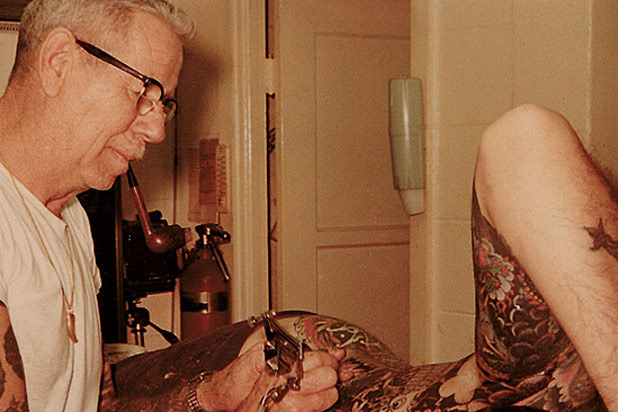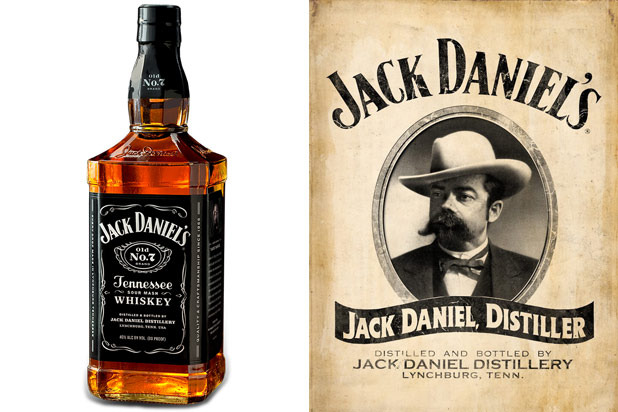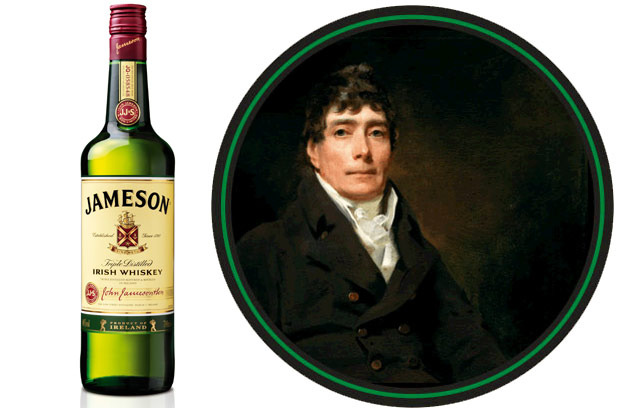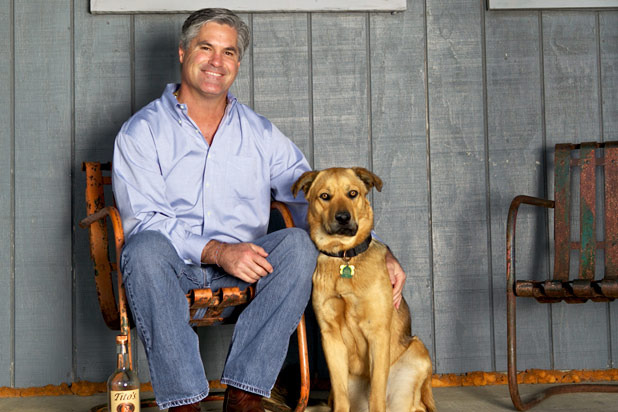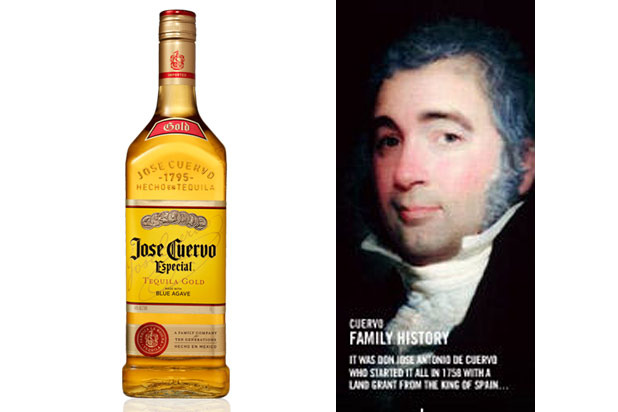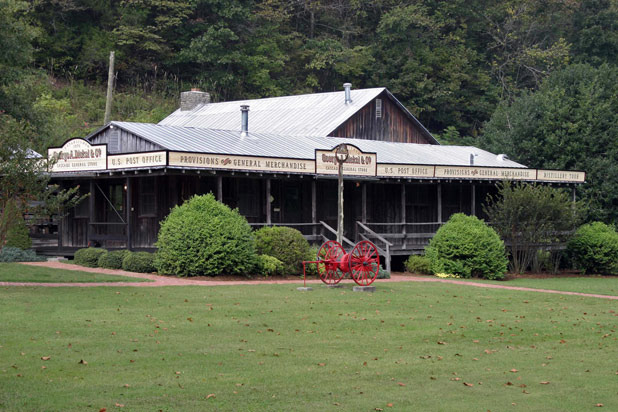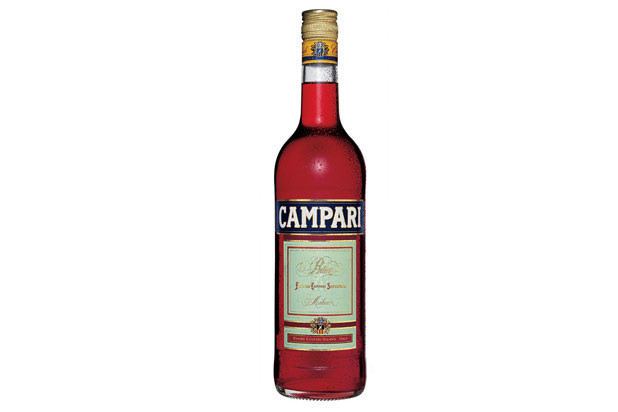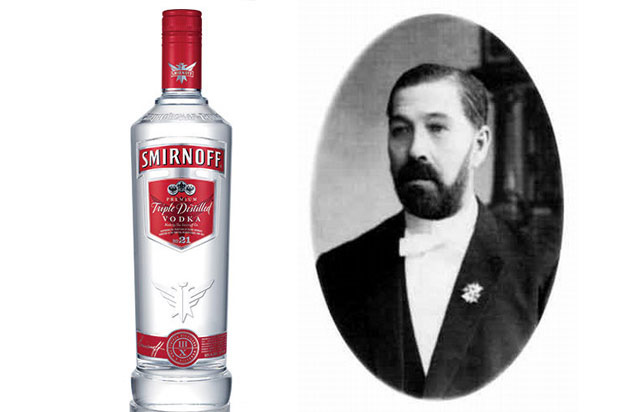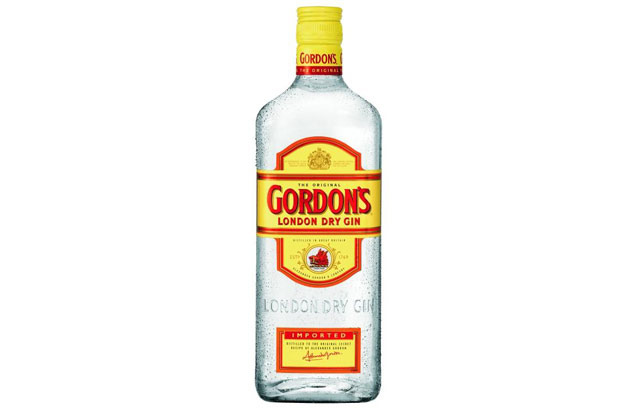Johnnie Walker, Jose Cuervo, And Other Men Behind The Booze (Slideshow)
Jim Beam Bourbon was founded by James Beauregard Beam in 1935, but the product can trace its history all the way back to the 1790s when Beam's ancestor, Johannes Böhm, distilled corn whiskey under the name "Old Jake Beam." The Beam family never stopped making whiskey, and was a huge part of defining the legal designation of what we now call bourbon.
Johnnie Walker
Originally called Walker's Kilmarnock Whisky, what we now know as Johnnie Walker Black didn't come into being until Johnnie's son, Alexander, took over the distillery. He'd trained in Glasgow as a tea merchant, and took his blending techniques to his father's still in 1865. Interestingly, Johnnie himself was a teetotaler.
Sailor Jerry
Sailor Jerry was not a distiller of spiced rum, but he was, in fact, a sailor. Norman Collins was a Navy man in the 1930s, and then settled in Hawaii to become one of the world's most famous tattoo artists. The spiced rum that bears his name is a recent upstart in the booze world, but honors its namesake by printing a variety of his tattoo designs on the bottle labels.
Jack Daniel
Jasper Newton Daniel learned the art of distillery at the age of eleven from a Lutheran minister. He died a bachelor in 1911 of a gangrene infection he contracted after he kicked his safe in a fit of frustration and broke his toe.
John Jameson
We've all seen the commercial where the Jameson Eagle steals a barrel of John Jameson's Irish whisky and is thusly rotisseried for its crime, but does the heroic legend have anything to do with the man? Turns out, no one knows. Jameson was a Scotsman who bought a distillery in 1780 in Dublin, and by 1805, made the best-selling whisky in the world. And he threw a helluva party, earning him the nickname "Glorious John." Beyond that, the legends seem to have filled in any actual biographical gaps.
Tito
Tito Beveridge (I swear, that's his real name) spent the first part of his life as a geologist in Texas before starting the Lone Star state's first legal distillery in 1997. Until the mid-2000s, Tito maintained a one-pot still in Austin where he produced his signature six-times-distilled corn vodka, making this artisanal booze truly "handmade."
Jose Cuervo
Don Jose Antonio de Cuervo first started producing liquor on his blue agave farm in the town of Tequila, Jalisco in 1795. Their first Vino Mezcal de Tequila de Jose Cuervo was bottled that year, and it began the commercial tequila business as we know it today.
George Dickel
George Dickel was a business man who, in 1870, first produced Cascade Tennessee Whisky. He'd stay in the distillery business until his death in 1894, but the company name continued as a producer of Kentucky bourbon until 1958 when, after a failed attempt to buy Jack Daniel's, the Dickel brand set up shop back in Tennessee as a direct competitor to Jack.
Gaspare Campari
The spiced, bitter liqueur we all enjoy in a Negroni was first invented by Gaspare Campari during the 1840s when he was only 14 years old. The original recipe, still in use today, has remained a trade secret all these years, though it claims to contain more than 60 ingredients including fruit, spices, herbs, and tree bark.
Pyotr Smirnov
Originally sold as PA Smirnoff vodka in Moscow during the 1860s, Pyotr Smirnov's eponymous vodka was a pioneer in the art of charcoal filtration. By the time of Smirnov's death in 1898, Smirnoff was Russia's best-selling brand, and was apparently Tsar Alexander III's favorite vodka.
Alexander Gordon
Alexander Gordon's recipe for Special London Dry Gin is a great example of why you shouldn't mess with perfection. The recipe hasn't changed since he conceived it in London in 1769. It was so popular with the British Royal Navy during the Imperial days that the gin spread around the world as a popular spirit.
